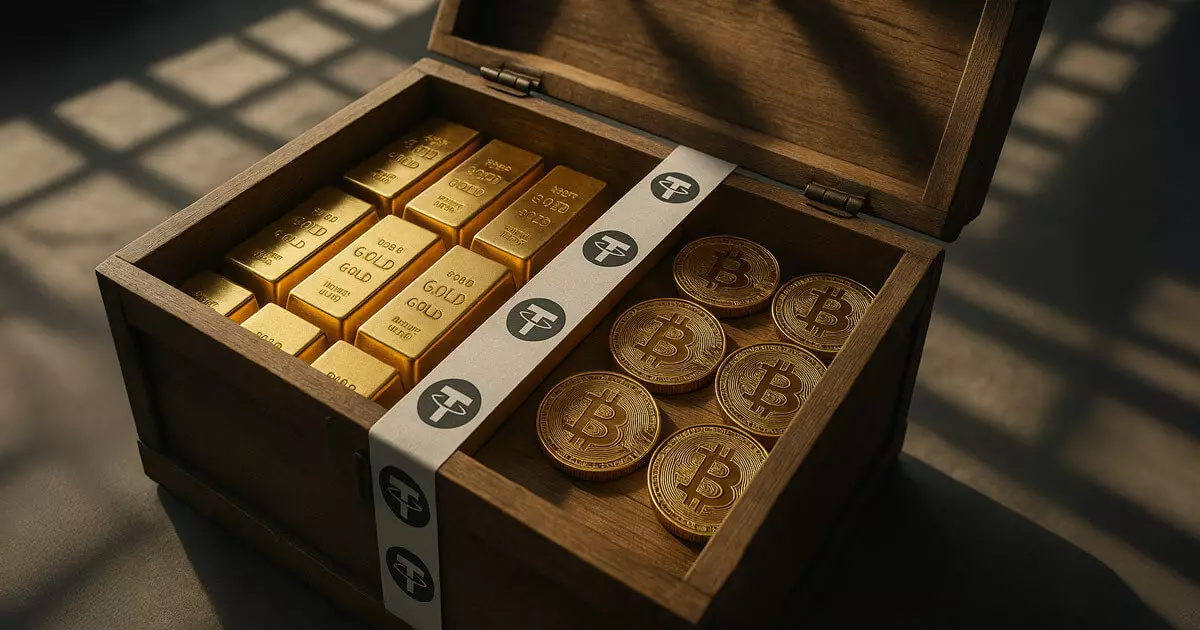In an era dominated by digital assets and fluctuating fiat currencies, Tether’s recent disclosure about holding a significant gold reserve challenges the traditional notions of cryptocurrency backing. Rather than relying solely on fiat cash or near-cash instruments, Tether’s CEO, Paolo Ardoino, emphasizes a strategy rooted in tangible assets—specifically, nearly $8 billion worth of gold stored in a highly secure Swiss vault. This move signals a willingness to embrace arguably the most ancient form of wealth as a hedge against fiat instability, asserting that a well-managed bullion reserve can offer a reassuring foundation amid economic uncertainty. While many regulators dismiss commodities like gold from stablecoin collateral, Tether’s approach underscores a pragmatic recognition that in volatile times, physical assets possess intrinsic value that digital fiat backing simply cannot match.
Gold as an On-Chain Asset in a Politically Constrained Environment
Despite its advantages, Tether’s gold-backed strategy confronts an increasingly restrictive regulatory landscape. The U.S. and European policymakers are moving toward frameworks like the GENIUS Act and MiCA, which explicitly exclude commodities like gold from collateral eligible for stablecoins. This regulatory stance seems short-sighted, aiming to favor fiat-like instruments that complicate real-world asset backing. For Tether, this presents a pressing dilemma: to seek licenses and compliance, it may need to liquidate parts of its gold holdings or avoid certain jurisdictions altogether. Yet, the firm’s commitment to holding some bullion in its XAUT token demonstrates an intent to provide on-chain precious metals trading that might escape the restrictions imposed on cash-backed stablecoins. Such a strategy reveals a nuanced belief that diversifying collateral could ultimately foster resilience in an increasingly hostile regulatory climate.
The Strategic Value of Gold in a Political and Economic Crisis
Beyond the regulatory challenges, Tether’s management perceives gold as a strategic safe haven amid geopolitical tensions and macroeconomic uncertainty. Ardoino points out that central banks in BRICS nations are actively accumulating gold, implying a collective desire to hedge against dollar dominance and potential currency devaluations. This geopolitical dimension emphasizes gold’s role as a sovereign and institutional safeguard—one that can underpin trust in digital assets when faith in traditional banking and monetary policy wanes.
Tether’s approach of balancing traditional bullion economics with blockchain settlement could serve as a prototype for future financial resilience. Holding gold not only diversifies risk but also signifies a commitment to stability, a feature sorely lacking in purely fiat-backed or algorithmic stablecoins. While the regulatory environment lingers as a threat, the firm’s strategic deployment of gold signals an audacious belief: that in uncertain times, the ultimate safeguard remains something physical, universal, and enduring.

